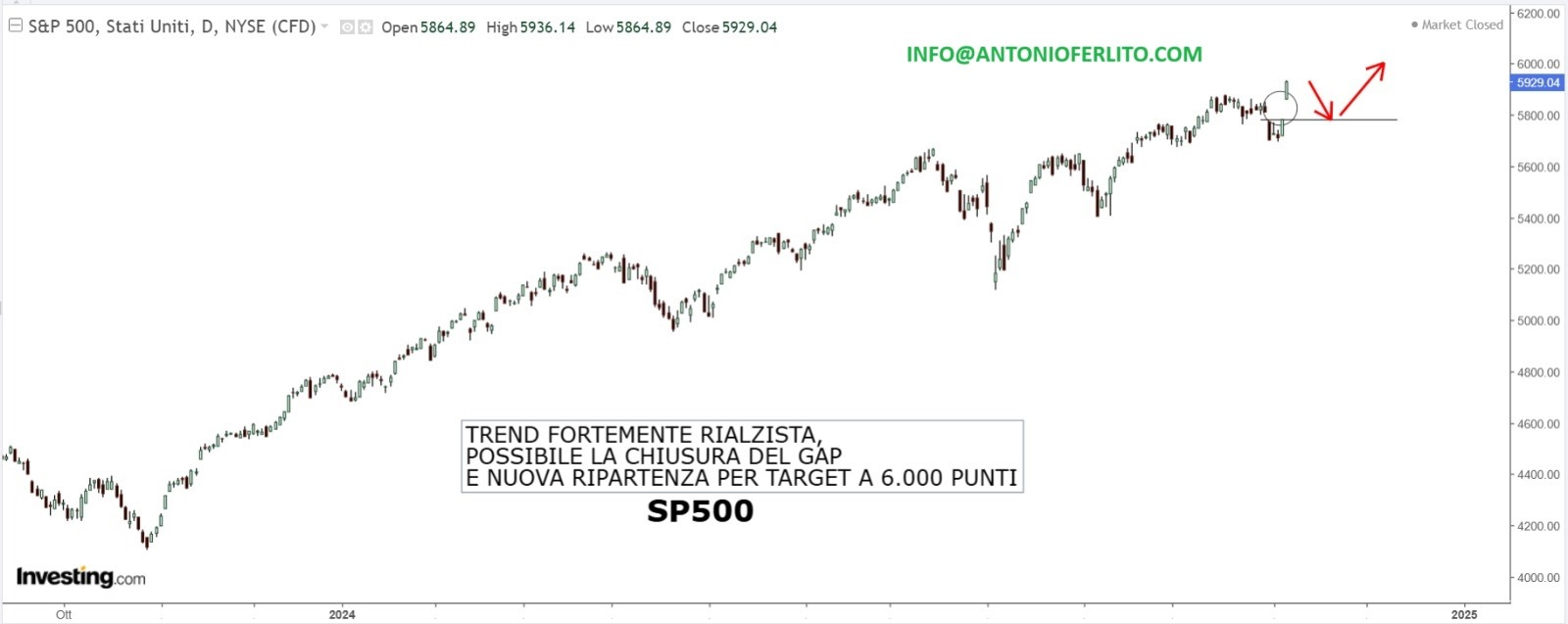Currently, the European and American indices are approaching all-time highs.
Right now, the chances of the market losing 5% are much higher than the reverse.
One of the main drivers of the rise in U.S. stocks is Nvidia (NASDAQ:NVDA), which recently ranked first as the highest-value stock in the world.
Nvidia continues to be a dominant force in the technology market. However, investors may not be paying attention to the warning signs: the company recently reported weak guidance for the next quarter and the revenue growth rate is slowing. In addition, the price-earnings ratio is currently at 34, which is extremely high and could indicate a speculative bubble situation.
Are the Tech Giants Influencing the Market?
Let us continue with the example of Apple (NASDAQ:AAPL), one of the biggest players in the technology market. Early reviews for the new I-Phone 16 with Gen AI seem negative, which could lead to a possible failure of the product. At the same time, financial data show a PE ratio of 34 and revenue growth of 0.43 percent year-over-year, which seems unrealistic. These factors combined could be seen as signs of a rapidly expanding bubble.
However, among the tech giants, Microsoft (NASDAQ:MSFT) has suffered the most significant impact. After losing its investment in OpenAI and facing challenges such as dependence on Nvidia's infrastructure and other artificial intelligence issues, it was recently downgraded to third place.
The recent growth of the S&P 500 is largely driven by the Gen AI theme, thanks to the important contribution of mega-caps such as Apple, Nvidia and Microsoft. However, this dependence on large companies cannot last: they are overvalued and their growth is slowing. A healthier balance in the index is needed for sustainable growth.
VIX and Germany Send Warning Signals
The economic situation in Europe is not favorable, as shown by the recent negative unemployment figure in Germany. The German unemployment index measures changes in the number of people out of work in the country. This latest figure shows an upward trend, pointing to a weak labor market that has a negative impact on consumer spending and thus on overall economic growth.
Another important index to keep an eye on is the VIX, also known as the “fear index.” This volatility index is calculated using option prices on the S&P 500. When investors begin to worry about a possible stock market crash, they buy put options to protect themselves. This increases the demand for and prices of put options, and thus the VIX.
In general, when uncertainty is low, the VIX stays below 15, indicating a macroeconomically stable bullish market. However, at times of increased uncertainty or fear of a recession, the VIX rises above 20. This was evident during the market's most critical periods in 2000, 2008, and 2020.
Attention must be paid to the situation in the Middle East, as there are many unknowns. The worst-case scenario is that Israel could attack Iran's energy infrastructure. This could lead to Iran retaliating by striking Israel's energy infrastructure and perhaps those of other oil-producing countries in the region. In either case, there would be a sharp rise in oil prices and the risk of a possible global recession, as happened in 1973.
In summary, I expect a modest market decline of about 5 percent in November, followed by new highs in December thanks to the markets' traditional Christmas rally.
If you would like to be notified whenever I post a new article, just click on “FOLLOW” above. Also, if you would like to elaborate on a particular topic or need some advice, please comment below the article and I will be happy to help.
